Therefore, in this Draft Law on Water Resources (amended), regulations on the responsibilities of the State and organizations and individuals in protecting and developing aquatic resources have been added, contributing to the basis for establishing water resources planning strategies as well as strengthening the security of water resources and the safety of dam systems...
Protecting aquatic resources in the amendment of the Law on Water Resources
Forests are a source of water, soil preservation, landslide prevention, and water regulation. However, upstream forests are being degraded, and deforestation in Vietnam has reached an alarming level, seriously affecting water resources in river basins.
According to the report of the Ministry of Agriculture and Rural Development, in the 3 years 2016 - 2018, the average forest area lost was 2,430 hectares/year. Forest loss reduces the ability to slow down water flow, increases surface soil erosion, increases sedimentation, reduces the useful capacity of reservoirs, increases the risk of flooding, and reduces storage.
Although the 2012 Law on Water Resources stipulates the responsibilities of the State and organizations and individuals in protecting and developing aquatic resources in Article 29, the protection and development of aquatic resources mainly focuses on protecting and developing upstream protection forests and other types of forests. However, the Law does not specify the content of water resource development and the coordination mechanism between relevant parties in protecting and developing aquatic resources.
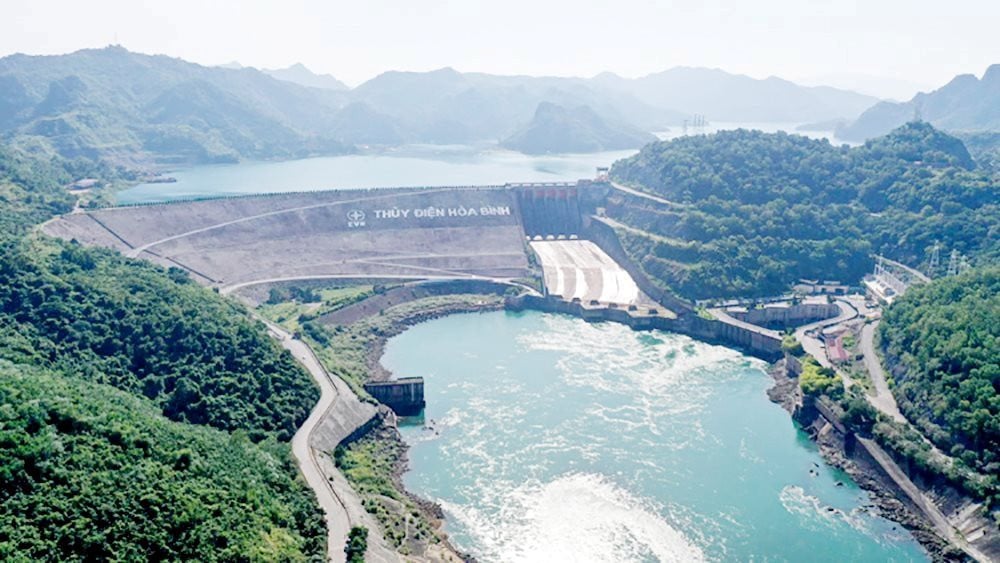
In addition, because the Law does not have specific regulations and definitions on water resource development activities and connect activities to create a combined strength in water resource development management; there is no close connection between water resource planning and forest protection and development planning, land use planning, socio-economic development planning and national defense and security planning, which has led to confusion in implementing management measures, negatively affecting forest protection and development, water resource protection corridors and the land area that is the supply area of underground aquifers,...
Water resources include the main components of surface water, rainwater, groundwater and coastal seawater. Although these components are closely related to each other, in order to have specific solutions to protect aquatic resources, it is necessary to approach each object that needs protection. In addition, it is necessary to have solutions to optimize the operation of existing water storages, increase the water storage capacity of water reservoirs and increase the efficiency of water exploitation and use of industries, minimize loss and waste in the transmission process of water supply systems.
Therefore, in this Draft Law on Water Resources (amended), the Ministry of Natural Resources and Environment has proposed to supplement and amend regulations on protection and development of aquatic habitats in the direction of supplementing specific regulations for activities of protecting aquatic resources and developing water resources, including coordination mechanisms between relevant parties in protecting and developing aquatic resources; proposing non-structural solutions and "water storage" works to store water to regulate water resources between seasons; protecting and restoring vegetation, especially upstream forests and coastal mangrove forests to increase water storage capacity, minimize flooding in the rainy season, and increase aquatic resources in the dry season.
Article 30 of the Draft Law on Water Resources (amended) on protection and development of aquatic resources stipulates: Organizations and individuals investing in the construction of reservoirs, mineral exploitation and processing projects and other activities that use or affect forest areas must reforest the forest area according to the provisions of the law on forestry. Organizations and individuals managing and operating reservoirs must pay for forest environmental services to protect aquatic areas within the basin of the reservoir according to the provisions of the law on forestry.
The State has a mechanism to coordinate and allocate revenue from payments for forest environmental services to invest in activities to protect and develop water resources and protect aquatic resources in the basin; has a policy to allocate revenue from water exploitation and use in downstream localities to pay upstream localities, ensuring fairness and reasonableness.
Specific regulations are needed on the protection, development of water resources and water retention.
At the recent conference of full-time National Assembly deputies giving opinions on the draft Law on Water Resources (amended), many National Assembly deputies assessed that Article 30 of the draft Law on Water Resources has outlined many measures to protect and increase aquatic resources. In order to have more specific and stronger regulations, the deputies suggested that the drafting agency should provide specific regulations on the protection of aquatic resources, in which this should be considered a national policy and included in Article 4, which is the State's policy to protect and increase the capacity to store aquatic resources in river basins.
In particular, not only with current policies, in the coming time, it is necessary to expand these policies. Accordingly, National Assembly delegates proposed to further expand the subjects currently exploiting and using water resources to contribute appropriately to the Forest Environmental Services Fund to get funding to compensate for the protection of special-use forests and protection forests; or in the planning of forest types, it is necessary to clarify the scientific basis for determining the proportion of protection forests and special-use forests in a reasonable manner to ensure the ability to generate water. These policies need to have the effect of motivating and encouraging to increasingly convert production forests to protection forests, only then can the environment be protected and the ability to generate water safely for water sources be protected.
Along with that, there should be regulations to enhance or ensure the ability to generate water and retain water by vegetation. Delegates suggested that the drafting agency study and supplement Article 10 on basic investigation work, establish planning strategies for water resources, including supplementing the content of investigation on the ability to retain water of vegetation in each river basin and lake; establish standards and scientific basis to determine the minimum area of special-use forests and protection forests for each region, each area, each specific basin. At the same time, aim to create a national master map on this issue to improve management efficiency, contribute to the basis for establishing planning strategies for water resources as well as strengthening the work of ensuring water security, safety of the dam system...
Source






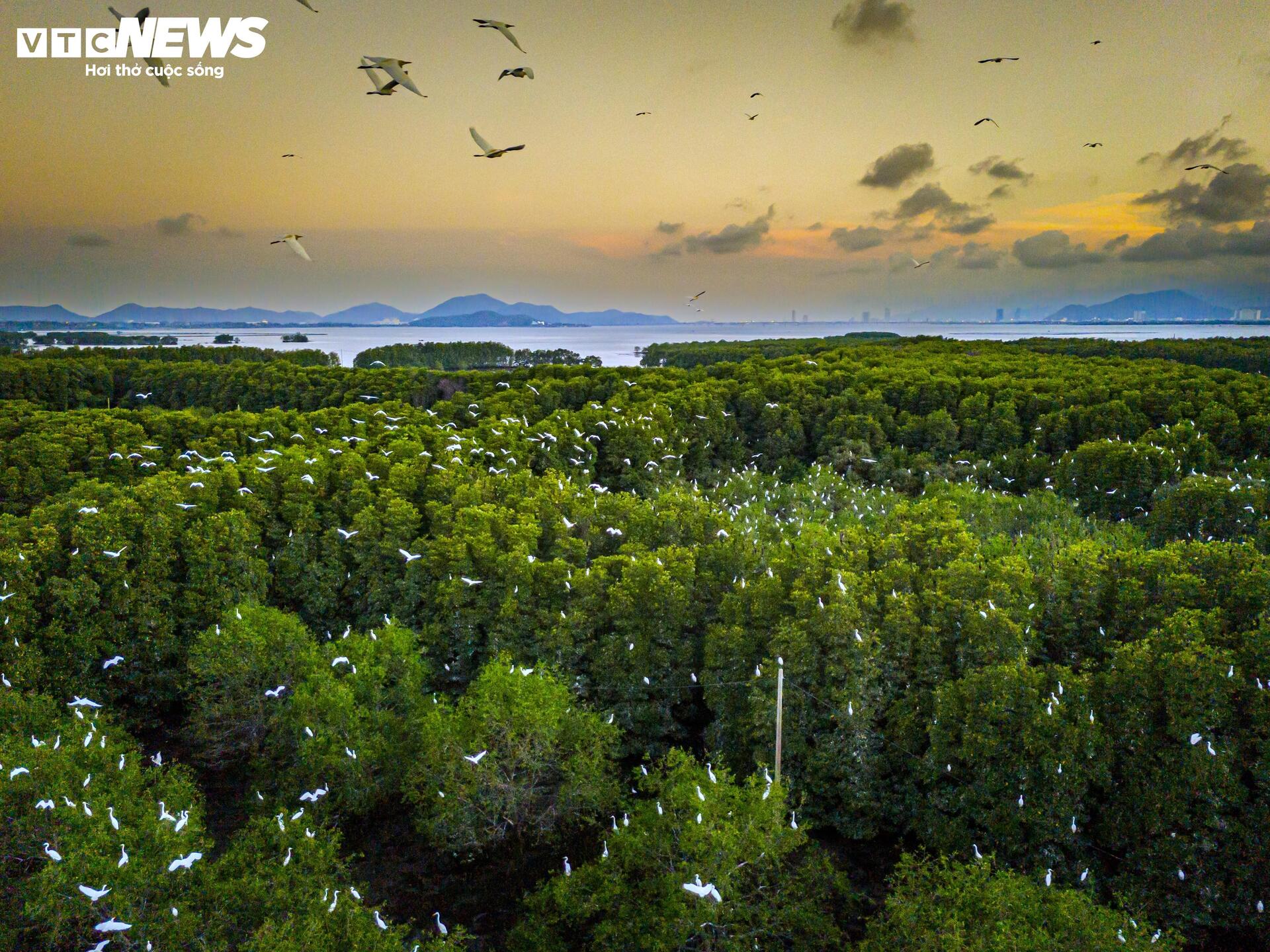




























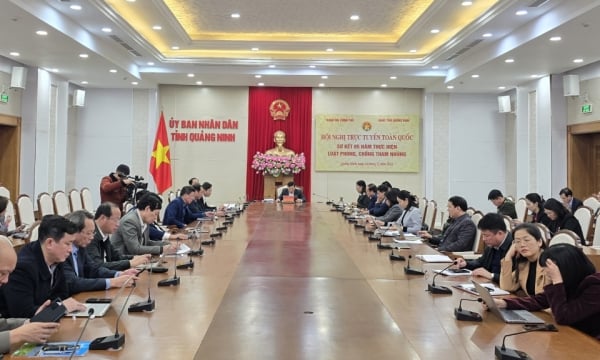

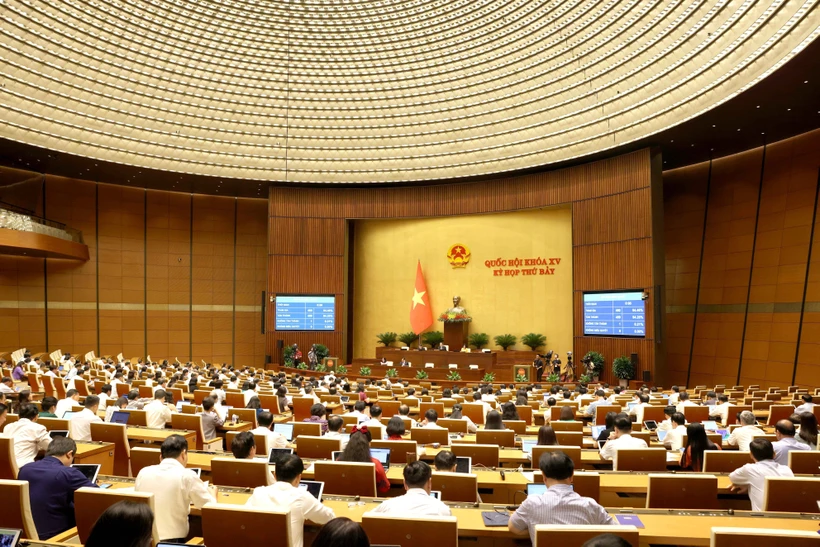
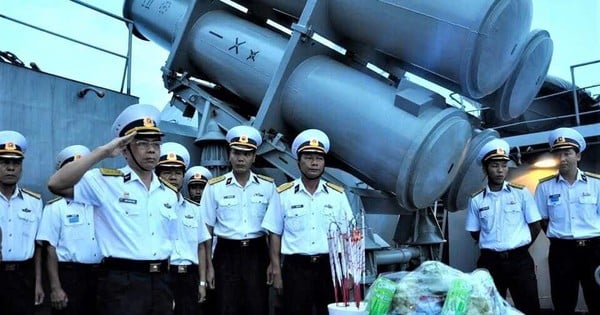

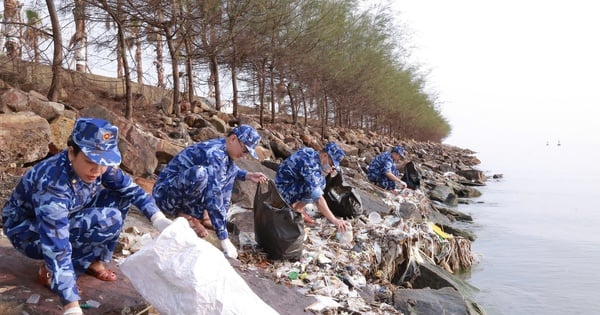
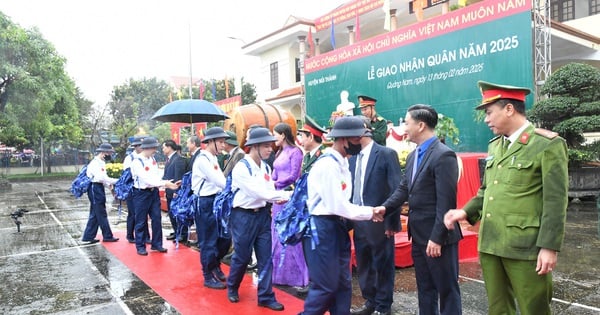


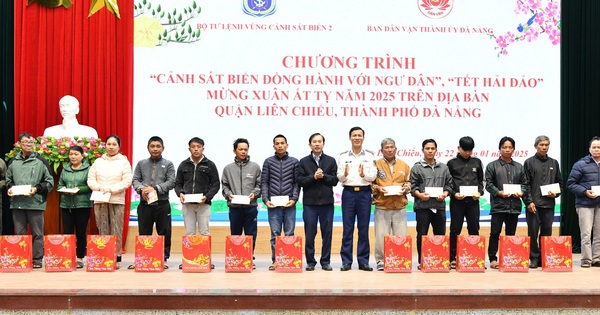




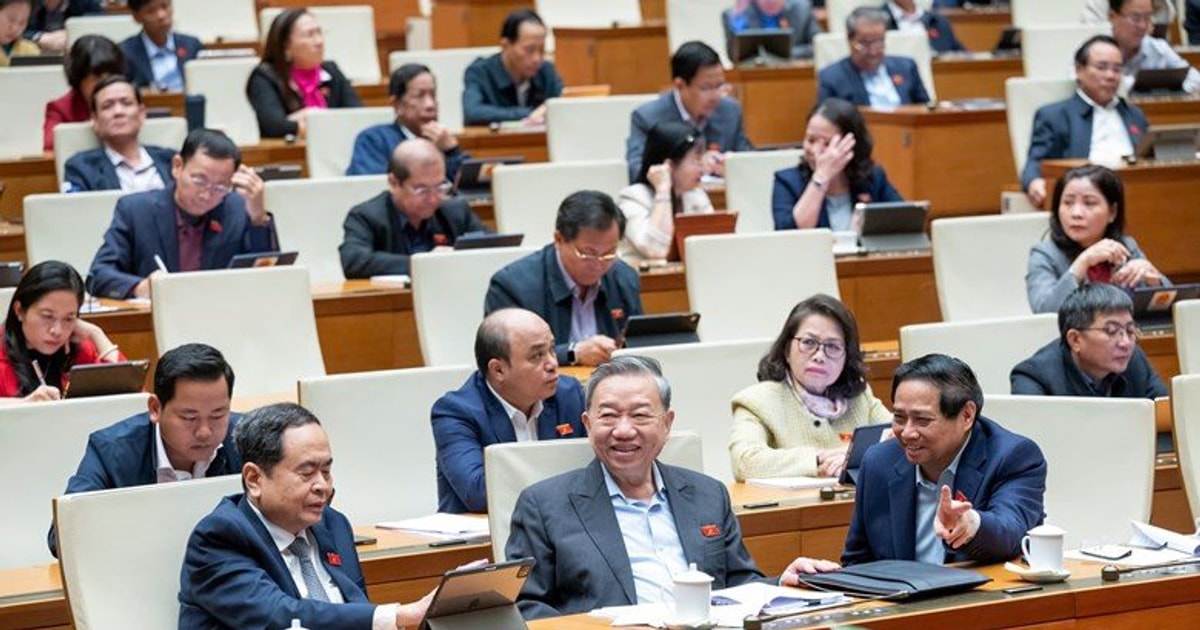














Comment (0)